Men's Classic Physique Guidelines
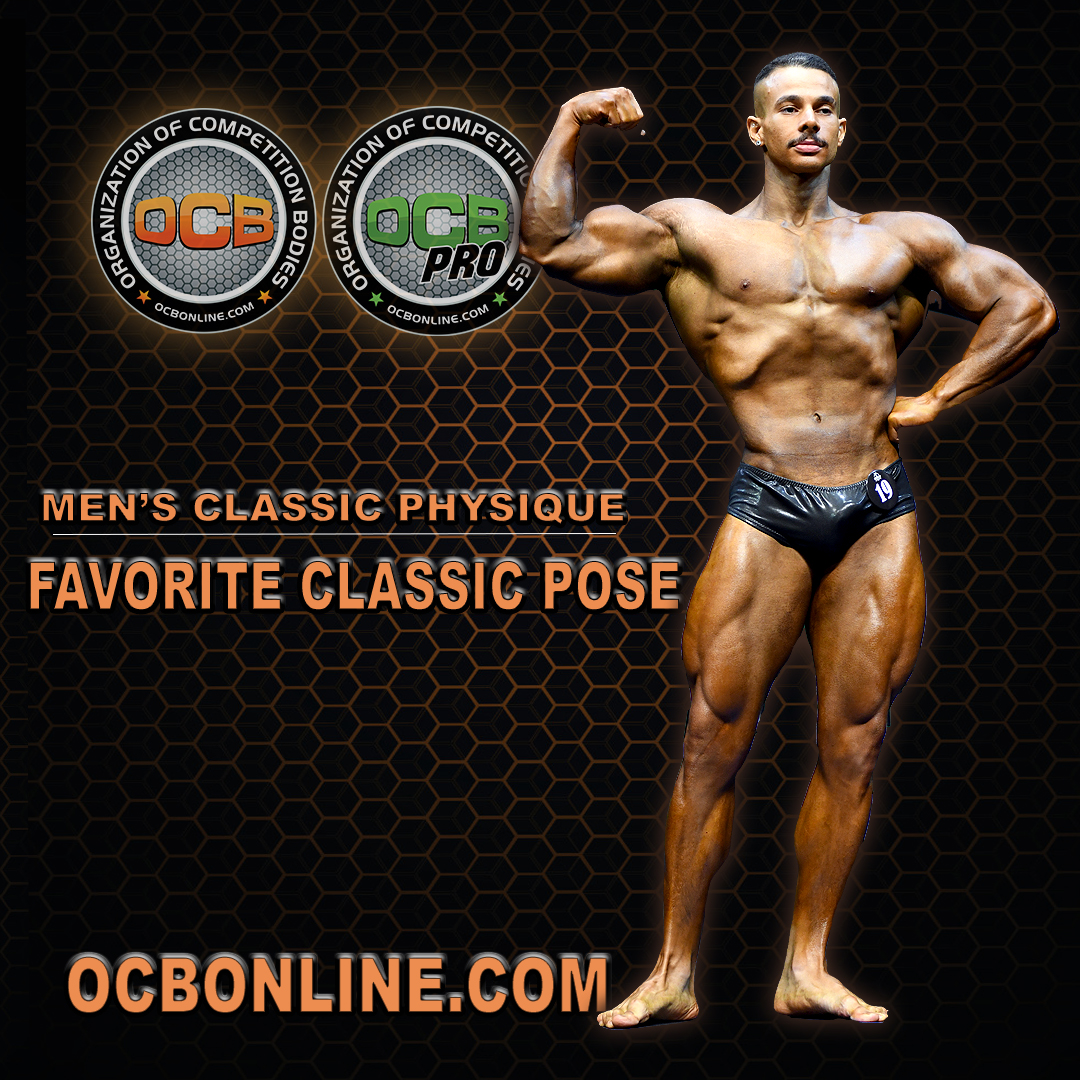
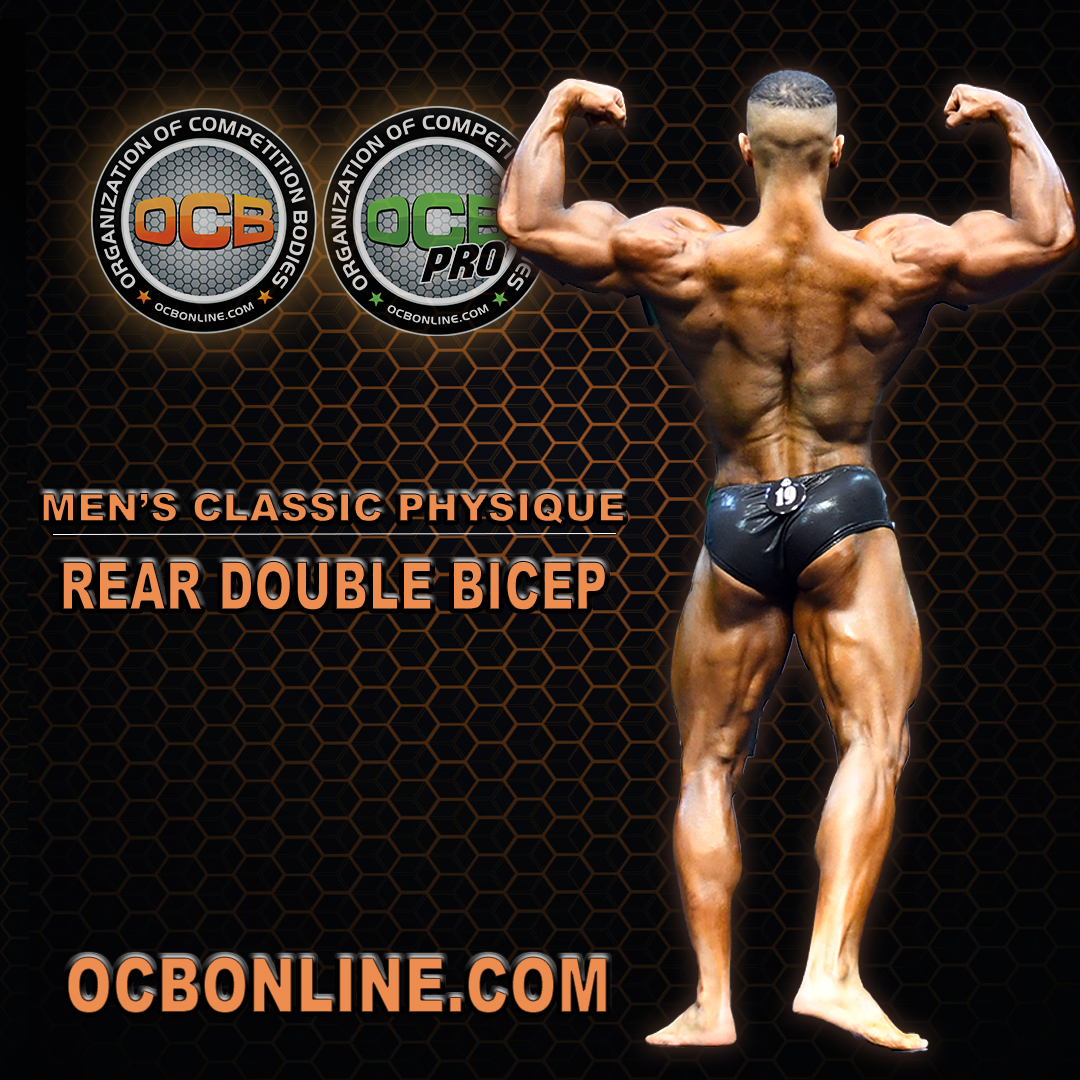
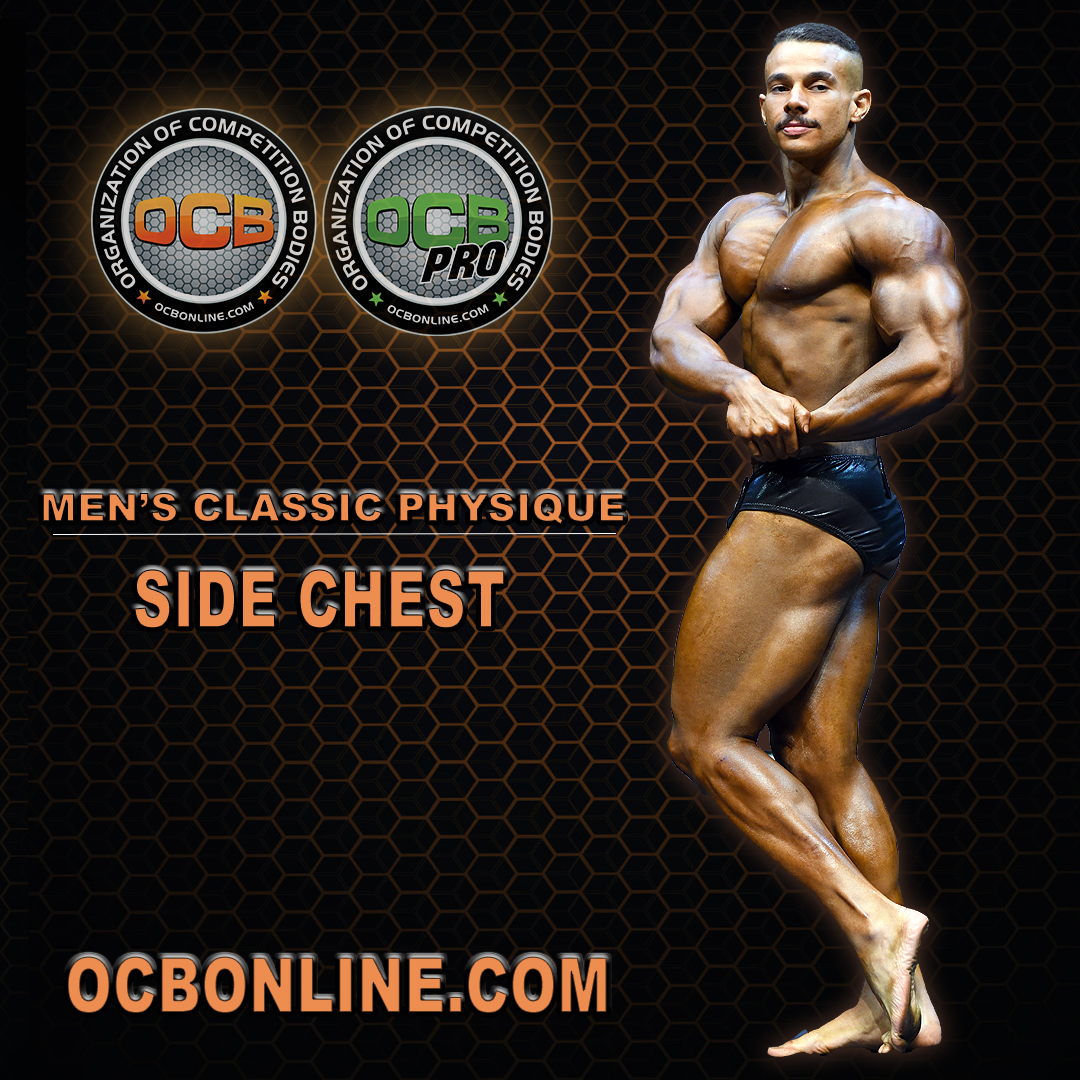
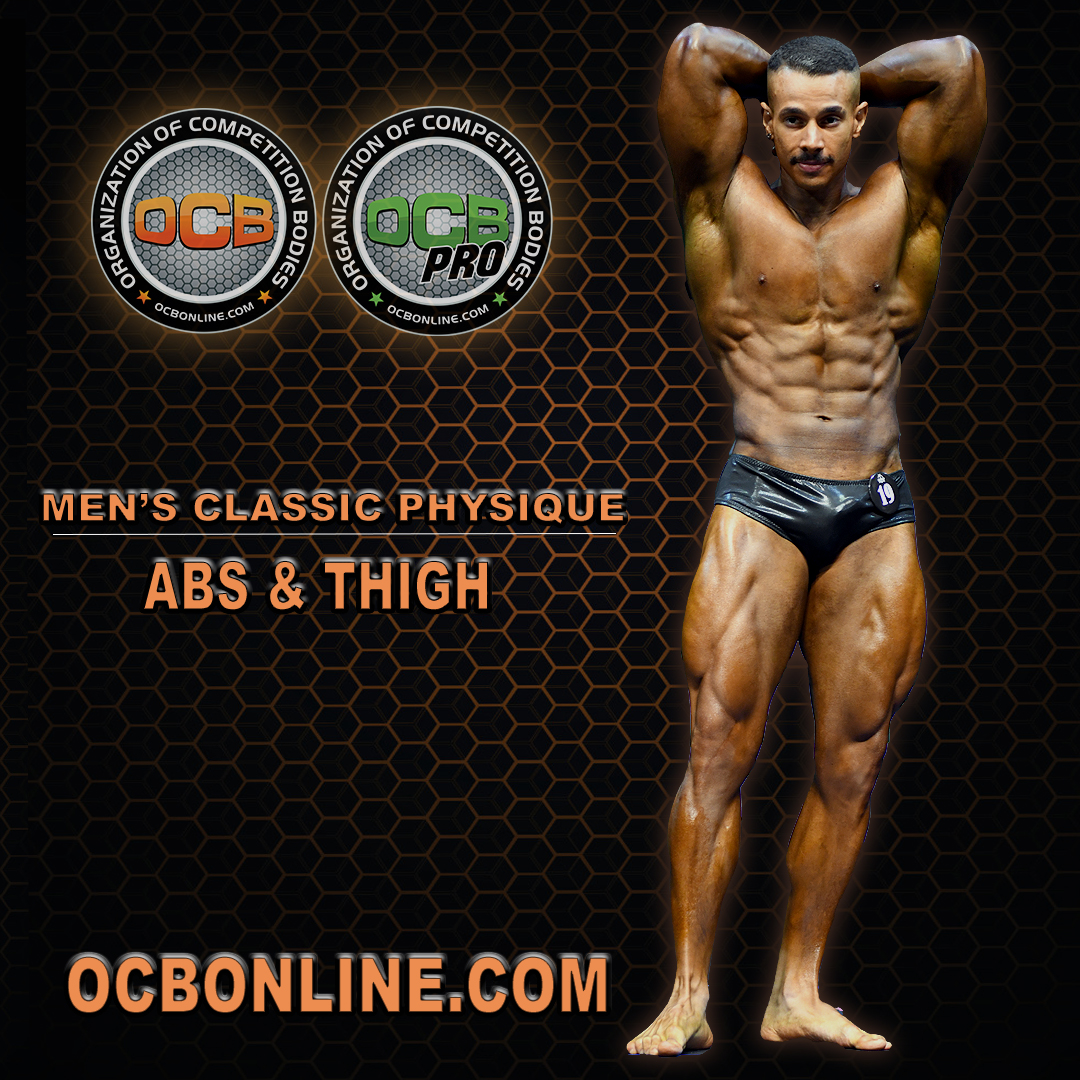
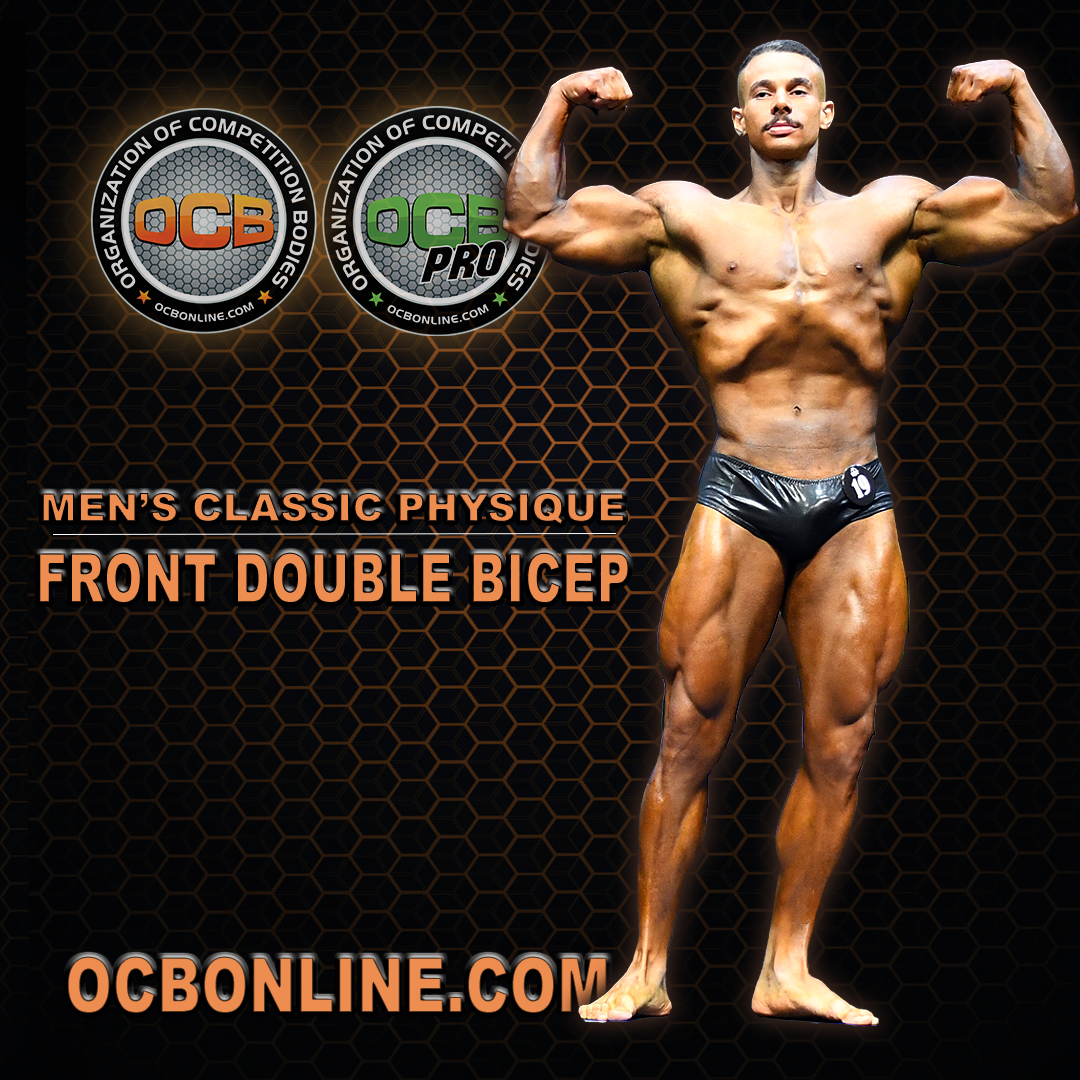
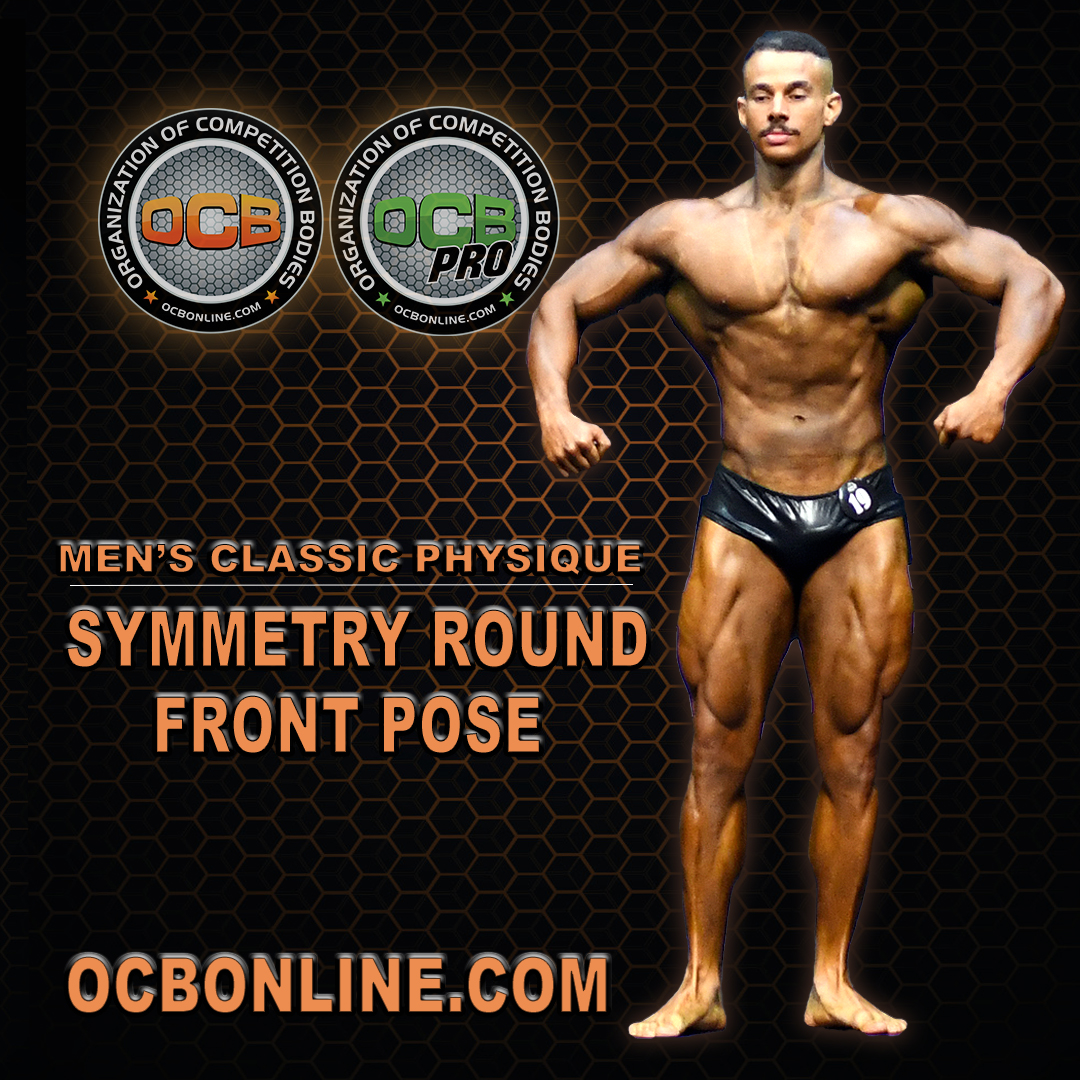


Men’s classic physique competitions consist of 2 parts: Group Comparisons, which are scored and Individual Presentations, which are not scored.
HEIGHT CLASSES
When there are a large number of participants, a promoter may choose to divide a division into more than one class according to height. Classes are divided as evenly as possible based on height after all entries have been received. Formation of classes within divisions is at the promoter’s discretion.
Judging Criteria
Men’s Classic Physique takes into account: symmetry, size, and definition. The classic physique look has a greater emphasis on balance and symmetry, but should not be as lean, striated or hard as in men’s bodybuilding. Symmetry and proportion take precedence to size.
Symmetry: Full, rounded shoulders, biceps and triceps along with a wide, muscular back and lats. The waist should be small and lean with etched abdominals and obliques. Legs and glutes should be fully developed in balance with the upper body. A blocky, thick waist is not desirable.
Size: Should display proportioned muscularity from top to bottom.
Definition: Athletes should display lean, hard muscle with all muscle groups clearly visible, but should not be excessively grainy or striated. Level of overall definition should be consistent with the “Golden Era of Bodybuilding” from the 70’s and 80’s.
Group Comparisons
Athletes will enter the stage together as a class, stand on a pre-marked line, and immediately get into their front relaxed position. During group comparisons competitors will be directed through a series of poses that can consist of any of the following in two rounds: Symmetry and Muscularity. Competitors are urged to get into their poses as quickly as possible. Competitors doing lengthy transitions and wind-ups risk having the next pose called before they are in the pose.
In order to properly assess athletes, it is imperative that they consistently pose so their features are on display to the judges. Not performing poses in the manner specified may result in lower scoring from judges.
SYMMETRY ROUND:
The head judge will call for competitors to “quarter turn to the right.” Competitors will be given time to transition and be viewed by the panel in 4 poses: front, side, rear, and side. The head judge will continue with quarter turns adding the poses listed below until the entire lineup has been viewed by the judges.
At any time, the head judge may request competitors switch places on stage. Athletes should listen for their number, raise their hand if called, and look for the other competitor to raise their hand. When called, competitors should then walk respectfully over to the other location and resume their posing position. Please note that in the OCB, an athlete’s location on the stage is not an indicator of placement.
MUSCULARITY ROUND:
While continuing to call quarter turns, the head judge will incorporate muscularity poses. When each pose listed below is called, competitors will assume their positions. Between each pose, athletes may be told that they can “relax” and assume the appropriate symmetry pose.
The following poses will be called, but not necessarily in this order:
Examples of classic physique poses include:
Watch an OCB Classic Physique Competition Here!
Individual Presentations
Competitors individually perform a posing routine to music consisting of a combination of any poses they choose. There aren’t any specific poses that are required to be included in routines. The individual routine is not factored into scoring but does count toward consideration for Best Poser awards when offered. Routines may vary in length and promoters have discretion on time limits for the routine. Music may be personal choice or house music at the promoter’s discretion.
